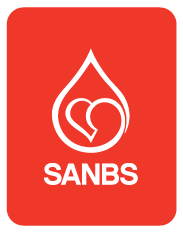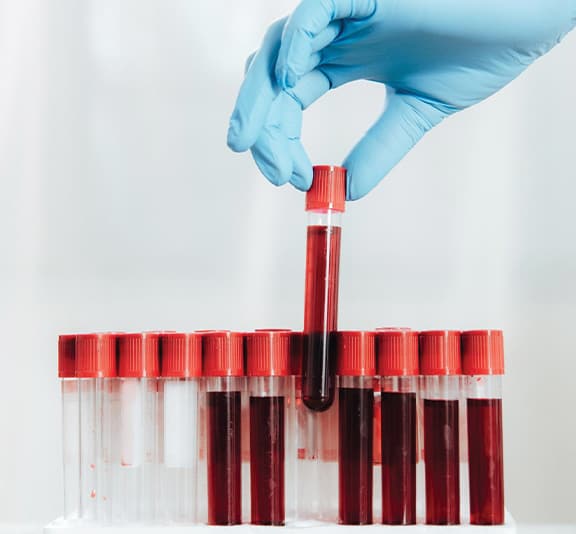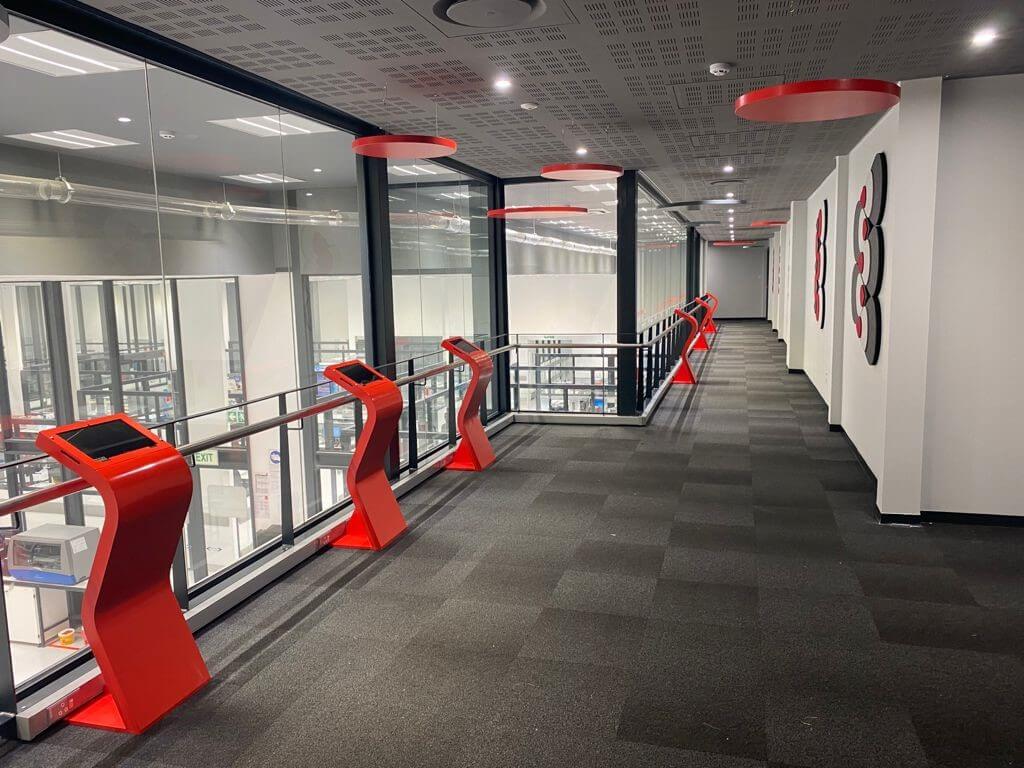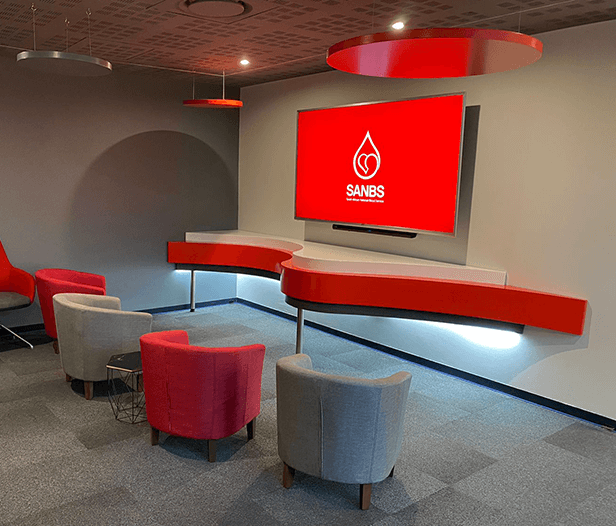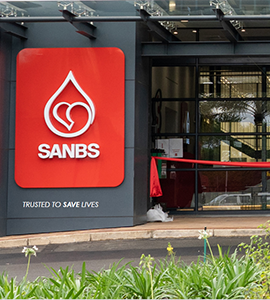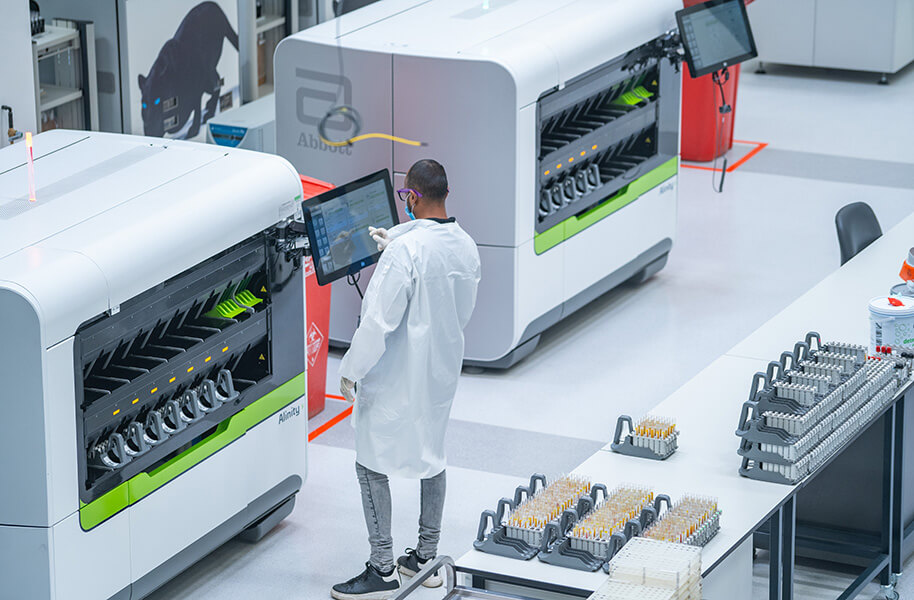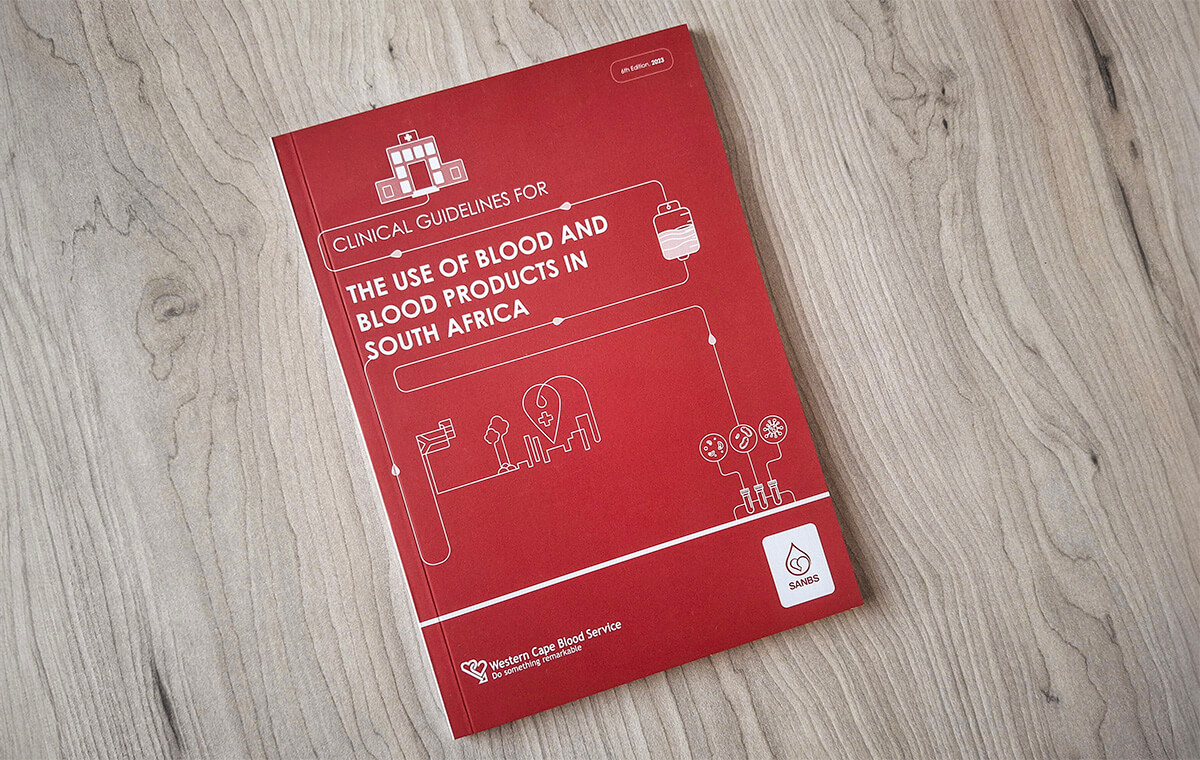Home
/
Blood Products
Blood Products
We produce a range of blood products including various red cell, platelet and plasma products.
All our products are produced to the highest standard in our ISO 15189 accredited laboratories.
Should a clinical need to transfuse blood or blood products arise, patients should receive the most appropriate product/s for their clinical condition.
A reminder that it is a legal requirement for informed consent to be obtained from the patient before the transfusion of any blood or blood product.
For a list of the blood products and blood bank services available in SANBS, Click Here
For indications and more information on specific blood products, Click Here
Should a treating doctor require clinical information or advice on transfusion-related matters, a SANBS doctor is available at all times for telephonic consultation. The number is available at the local blood bank.
All our products are produced to the highest standard in our ISO 15189 accredited laboratories.
Should a clinical need to transfuse blood or blood products arise, patients should receive the most appropriate product/s for their clinical condition.
A reminder that it is a legal requirement for informed consent to be obtained from the patient before the transfusion of any blood or blood product.
For a list of the blood products and blood bank services available in SANBS, Click Here
For indications and more information on specific blood products, Click Here
Should a treating doctor require clinical information or advice on transfusion-related matters, a SANBS doctor is available at all times for telephonic consultation. The number is available at the local blood bank.
See Also:
Organise a blood drive!
Help SANBS recruit new blood donors by organising a blood drive in your community,
office, school, college, church, or residential complex.
